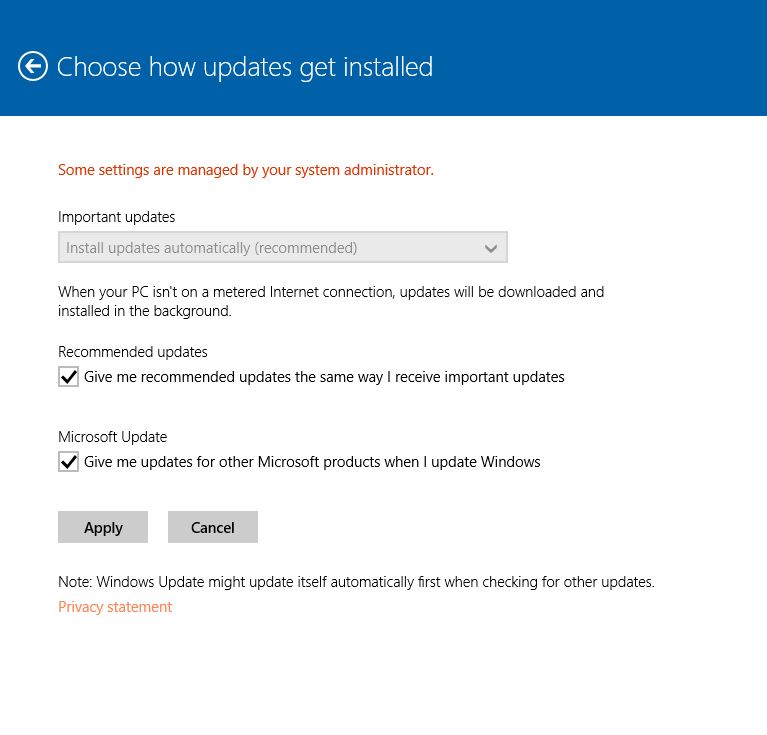Good news: Nearly nine out of ten Windows PCs have Automatic Updates enabled.
Bad news: Less than three in ten Windows PCs are actually current with the latest patches and updates.
You might ask yourself, “How is that possible?” Well, it’s simple. Automatic Updates will automatically download and install updates on your Windows PC, but many–if not most–of the patches require the system to be rebooted in order for the installation to complete. If you keep putting it off, and never reboot your PC the update can’t complete the process.
I wrote about this discrepancy in a blog post:
You can’t have good security unless you keep your operating system and applications current, with all of the latest patches and updates. Microsoft makes it easy for Windows users with its automatic updates, and yet a new report finds that many PCs with automatic updates enabled are nevertheless not actually up to date.
The OPSWAT Market Share Analysis of Antivirus & Operating Systems report, released Tuesday, is based on data gathered from users of OPSWAT GEARS security monitoring tools. The information used represents approximately 4,500 users who were surveyed between May 1 and October 1 of 2014.
The primary focus of the study—as the title implies—is to analyze the relative market share of different antivirus solutions by region, or operating system platform. The data that stands out the most in the report, though, is this: Even though 89 percent of the Windows systems surveyed have automatic updates enabled (96 percent among Windows 8.1 devices in the survey), less than 30 percent of them are actually current with all updates and patches.
Why is that? OPSWAT suggests that the discrepancy is a function of user interaction. “This could indicate that when most users see a notification for an update, they are reluctant to shut down their devices to go through the complete update process.”
You can read the full post on PCWorld: Report: Many Windows automatic updates are thwarted by user inaction.
- Cybersecurity Priorities and Challenges for 2024 - April 25, 2024
- Key Insights from Coalition’s 2024 Cyber Claims Report - April 24, 2024
- Unpacking the Marketing Challenges of Small Businesses in 2024 - April 23, 2024



